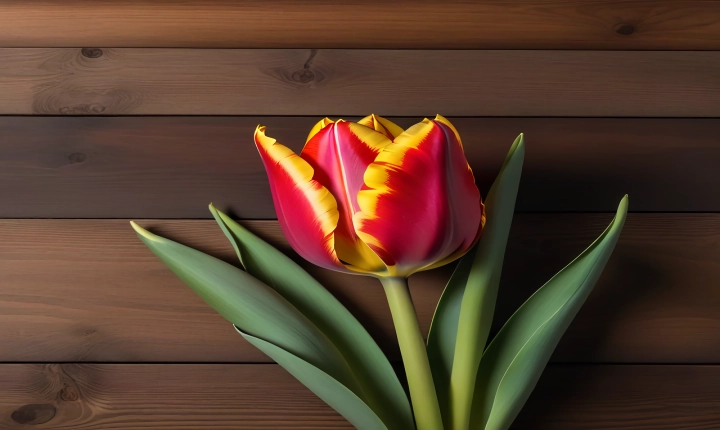The advent of artificial intelligence (AI) has brought about a significant shift in the art world, impacting both the creation and reception of art. As AI technology continues to advance, it is increasingly penetrating the domain of art, raising questions about its implications for artists and their creative processes.
One of the most notable impacts of AI on artists is the way in which it can be used as a tool for artistic creation. With the development of sophisticated algorithms and machine learning techniques, AI platforms are now capable of producing art autonomously, blurring the lines between human and machine-generated art. This has led to a reevaluation of the role of the artist, as they grapple with the idea of collaborating with or even being replaced by AI in the artistic process.
On the one hand, some artists have embraced AI as a revolutionary and liberating tool, enabling them to expand their creative horizons and explore new possibilities. AI algorithms can analyze vast amounts of data, identify patterns, and generate visual or auditory outputs that may not be immediately obvious to human artists. This can serve as a source of inspiration and innovation, pushing artists to rethink their approach to art-making and encouraging experimentation with new techniques and mediums.
However, on the other hand, the rise of AI-generated art poses challenges to the traditional notion of artistic authorship and originality. As AI systems become increasingly proficient at mimicking human artistic styles and techniques, questions arise about the authenticity and value of AI-generated art. Furthermore, the ease with which AI can generate art has raised concerns about the devaluation of artistic labor, as it threatens to commodify and replicate artistic expressions without the same level of human effort and intention.
Beyond the realm of artistic production, AI art has also influenced the way art is experienced and consumed. Online platforms and social media have become saturated with AI-generated art, resulting in a proliferation of digital artwork that challenges conventional standards of art curation and appreciation. This has prompted discussions about the democratization of art and the role of AI in reshaping the art market and audience engagement.
Moreover, AI has enabled new modes of interaction between art and technology, leading to the emergence of interactive and immersive experiences that redefine the boundaries of traditional art forms. Virtual reality, augmented reality, and interactive installations powered by AI technology have introduced unprecedented levels of interactivity and multisensory engagement in art exhibitions, pushing artists to think beyond static, two-dimensional works and explore the potential of AI-driven dynamic experiences.
In conclusion, the integration of AI in the art world has undoubtedly had a profound impact on artists and their creative practices. While AI presents opportunities for artistic exploration and innovation, it also raises complex ethical, conceptual, and economic challenges that necessitate careful consideration. As the relationship between AI and art continues to evolve, artists will need to navigate the opportunities and pitfalls of this new technological landscape, striking a balance between embracing the potential of AI as a creative tool and safeguarding the integrity of traditional artistic values.
